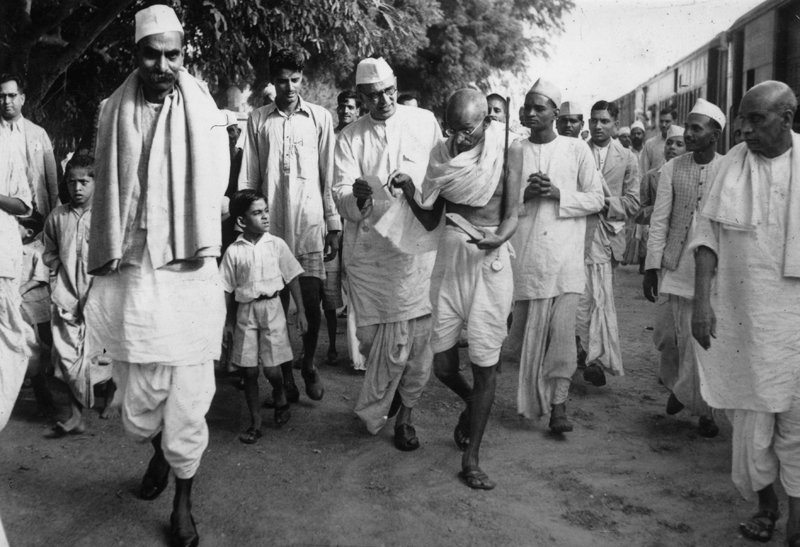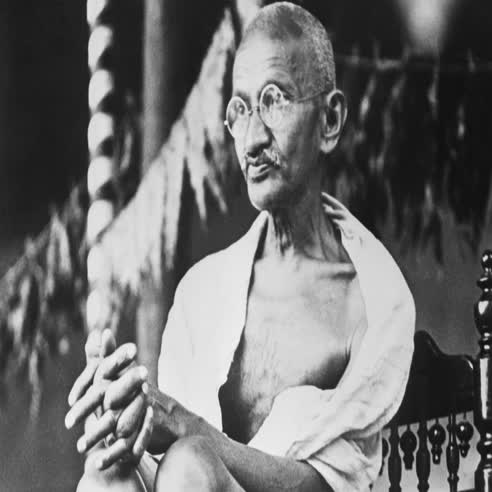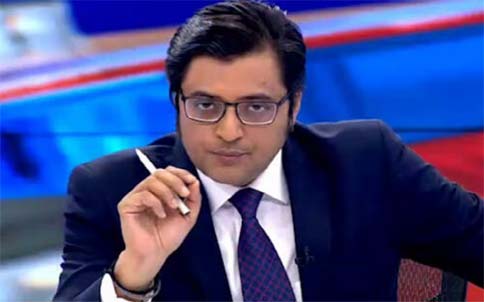April 24th, celebrated as Panchayati Raj Day, should also give us now a peep into future of villages. For, Mahatma Gandhi believed and hoped that “future of India lies in its villages”. Many people who accomplished in their career and life pride the time they had in their respective village as I do. Tripuraneni Srinia successful tech guru in Florida, called me the other day on hearing that I started Library of Biographies in my village, how much he loved the village in his childhood during visits to his grandmother. At the same time more than ten million people migrated out of villages last year for whatever reason against hardly a handful who had come to settle in a village. Despite so much talk, mostly political, no signs of a reverse migration can be pointed. Even Mahesh Babu’s Maharshi film two years ago offered some hope. Earlier, two decades ago, President Abdul Kalama dvocated shifts in policies to revive villages with specific suggestions. Yet the question that arises today is would we ever see any change in the present peculiar situation? Based on my annual visits to my village over the decades and recent prolonged stay in the village with active initiatives, I have come to certain prognosis. The trend and the logic for my insights are described in my forthcoming book to be released next month in Telugu, “ Gramale Purogati Prasnaardhakama? (Is development of villages Questionable)– my village is only an example”.
Also read: Museum of PMs should evoke pride & prompt good precedents

Village system and family pattern were so robust that they withstood external onslaught and sustained. But today threats are from within as if we are unaware of the grassroots holistically. For example, if the very tradition of “coexistence” ceases, everything else falls like a pack of cards. But we don’t seem to realise. One cannot dare to make the kind of summative statements on age old villages without confidence. But it is my concern which made me venture as a sociologist turned applied social researcher of 60 years track at national level. My book more than a decade ago, “Chronicles of a village boy in New Delhi” sets the base for my these concerns. The thesis that I did in 1961, as a part of my MA degree at Andhra University, too ads to my confidence now.
- Population of villages will continue to decline. Youth tend to stay away from villages irrespective of their academic accomplishments and despite newer challenges and opportunities villages offer.
- Having lost out as (Gram Swaraj) “Village Republics”, villages have become increasingly dependent on the Government to the extent of eventually coming under category of “for sale”. Villagers will go into depression and deeper into dependency syndromes.
- Also read: ‘The New BJP’ helps understand India
- Vagaries of climate change and uncertainties in public policies will continue to gloom farm families. Agriculture never regains pride and viability to rejuvenate the rural communities.

- The design of lacs and lacs of same type of houses being built as cubicles with cement, steel and everything from outside will make village settlements lose out their character and make family living increasingly uncomfortable.
- In the name of decentralisation, villages will become remotely managed with no local citizen involvement and participation beyond poll time.
- Small businesses will dominate village despite viability uncertainties and as a result of increased input costs and corporatisation, villages become debt driven and traps.
- With villages becoming “foreign driven” models based more and more, even religiously, more villages lose their composite character to the extent of threatening harmony and productivity.
- Family system, including the institution of marriage, declines but religion regains staking the roots of heritage.
- Education loses its grace as more and more young lose interest in formal schooling further.
- Indiscriminate use of technology by young and old, will change outlook towards work and hard work. “Instant gratification” will further rein culture and rock the roots.
- Also read: Access to ‘New Media’ means much more in villages…the case of Mudunuru
- With Governments becoming alter ego of political parties, individual leaders in turn become the masters of the affairs at all levels with “check and balance” no longer in vogue.
- With many toilets, villages will start stinking already languishing without drainage channels. Disappearance of trees, even neem, will further add to the quality of living.
These are only a few. My anxiety in sharing these concerns is that we would do something or other, together and individually, to prevent such outcomes and prove my prognosis wrong. Next 20-30 years are critical for taking such initiatives. Prime Minister Modi did well reminding on April 24 in his speech at Palli village in J&K towards strengthening Panchayats. No leader has echoed those view so far.
Also read: Is Future of villages of India at cross roads!
(Dr N Bhaskara Rao is a longstanding public policy analyst.)





Urbanization n migration are relatively applicable for under development of villages.. If panchayat system is not interested by politicians, I think with little bit of planning like drainage, connectivity of roads etc will stop migration to urban areas..